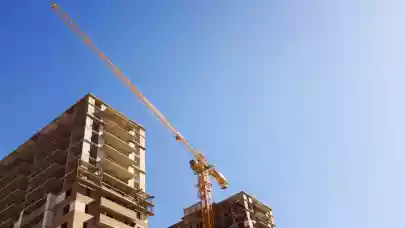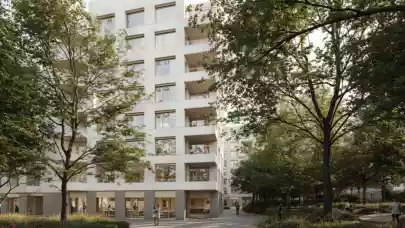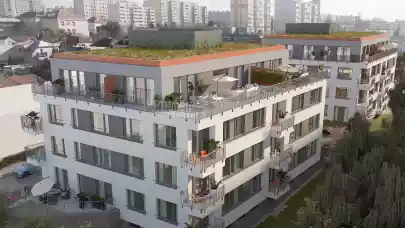
High inflation and rising interest rates seem to have bitten in overall consumption. And although Serbia is likely to avoid recession in the short run, its real GDP growth is estimated to be a moderate 2%-4% this year and next with a downside risk being the looming recession in the EU. The rental housing market has been supported by the Russian and Ukrainian citizens settling down in Serbia, keeping rent rates high. Housing construction is still strong and although the volumes in building construction are already consolidating, big infrastructure projects could sustain civil engineering on all-high levels in the mid-term, according to Dejan Krajinović (Beobuild Core d.o.o.) at EECFA which conducts research on the construction markets of 8 Eastern-European countries, including Serbia.
Property market developments
Macroeconomic conditions in Serbia have been under significant stress for a while now, and continuously strong inflation has already produced a major drop in overall consumption. The real estate market was expected to start cooling down in 2022, but instead, there was another record year in both volume and the number of transactions. Unlike real estate markets in a number of European countries, where under the influence of interest rates there was a considerable slowdown and drop in prices, the level of real estate prices in Serbia recorded a strong growth during 2022. With a lot of uncertainty on the horizon, home permits have already started pulling back in 2023, but this is still not visible in property prices. Demand stayed stronger than supply, and monetary policies of the ECB and the National Bank of Serbia have had little effect on the market so far.
During the last twelve months, the National Bank of Serbia significantly tightened its monetary policy by increasing reference interest rates from 1.5% to 6%, as of April 2023. Since inflation in Serbia is in large part imported through energy and food costs, rising interest rates could start suffocating the economy, so the National Bank will have to consider diversifying its means of fighting inflation. At the same time, Euro-indexed home loans also reached similar interest rate levels of around 6% in Q1 2023. While the total number of transactions grew in 2022, the share of mortgages decreased from 13% in 2021 to just 11% of all property transactions in 2022. The home market has a bit higher exposure to loans, making some 20% of all transactions supported by mortgages, but interest rate hikes barely affected overall numbers. During Q1 2023, similar trends continued, where prices continued to grow and the scale of transactions only fell slightly in number, but not in value.
Besides strong tourism figures, there have been some 200.000 residence and work permits issued for citizens of Russia and Ukraine since the conflict started - unexpected support for the home market and accommodation. In March 2023, 10.000 residence permits and 5.000 working permits were issued: a monthly record so far. The newly arrived have certainly been felt in the renting part of the market as monthly rents hit the roof during H2 2022. The situation stabilized during Q1 2023, but the small renting capacity will keep prices high for the time being. Those who decide to stay and build a life in Serbia will eventually enter the buyer market, and the majority are highly educated and employed.
Expectations in economy and construction
Although employment still stands strong in Serbia, as in many other European countries, it will inevitably feel the economic shift and face challenges in due course. Particularly if current international conditions and trading relations stay severe or even worsen in the coming period. So far, it seems that Serbia will most probably avoid recession in the short term, but real GDP growth will relatively be weak, ranging between 2%-4% in 2023 and 2024. Employment continued to grow in 2022 and Q1 2023, so the situation is still stable, but new challenges could emerge in H2 2023 and later in 2024. The worsening economic situation and looming recession in the EU is the main risk for the Serbian economy, as the EU is an important source of investments and a prime export destination.
In order to mitigate the expected lower investment activity of the private sector, the Serbian government will certainly push for the realization of public investments. The ongoing campaign of large-scale infrastructure projects should continue in most civil engineering segments, including roads, railroads and utilities, so this should sustain civil construction on record levels in the mid-term. The construction of buildings and their volume will be challenged far more, but the good news is that FDI inflow to real estate continues to be very strong in segments like industrial and storage, office or residential. The volumes in building construction are already consolidating, but the picture is still mixed in different segments. The residential market is still not showing weakness and construction activity here remains strong. Also, the Serbian market has very low vacancies in commercial and office segments as a healthy parameter and a strong foundation in the current economic environment.
At the moment there are still significant risks related to the scenarios of a prolonged and escalating economic crisis, but there is still hope the worst can be avoided.



